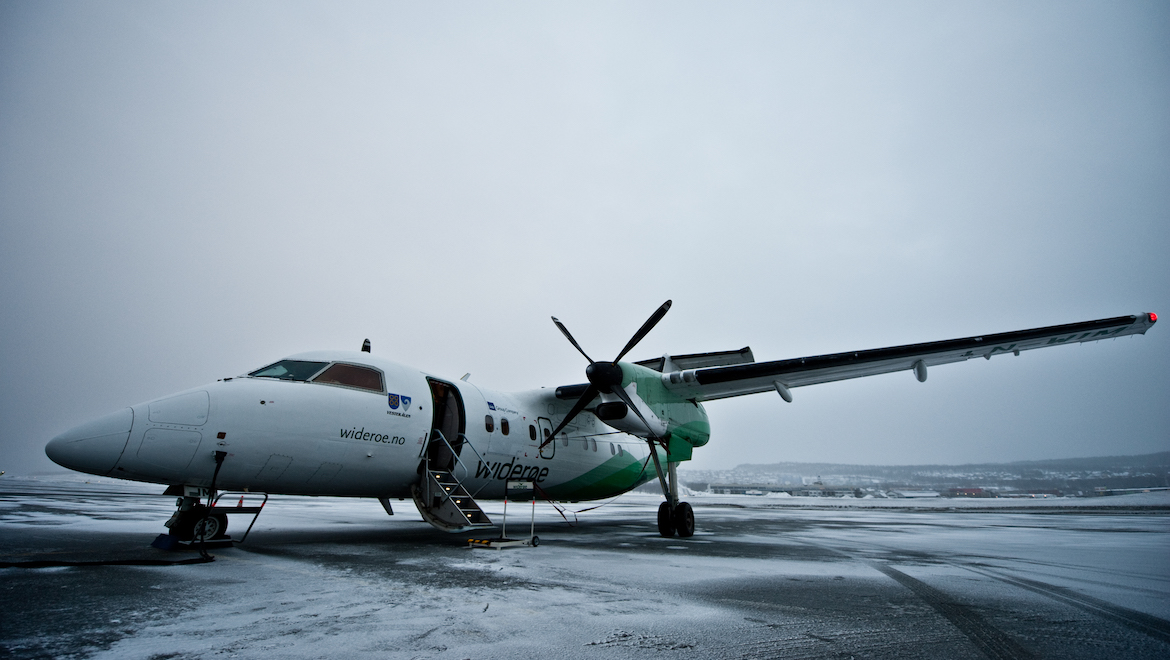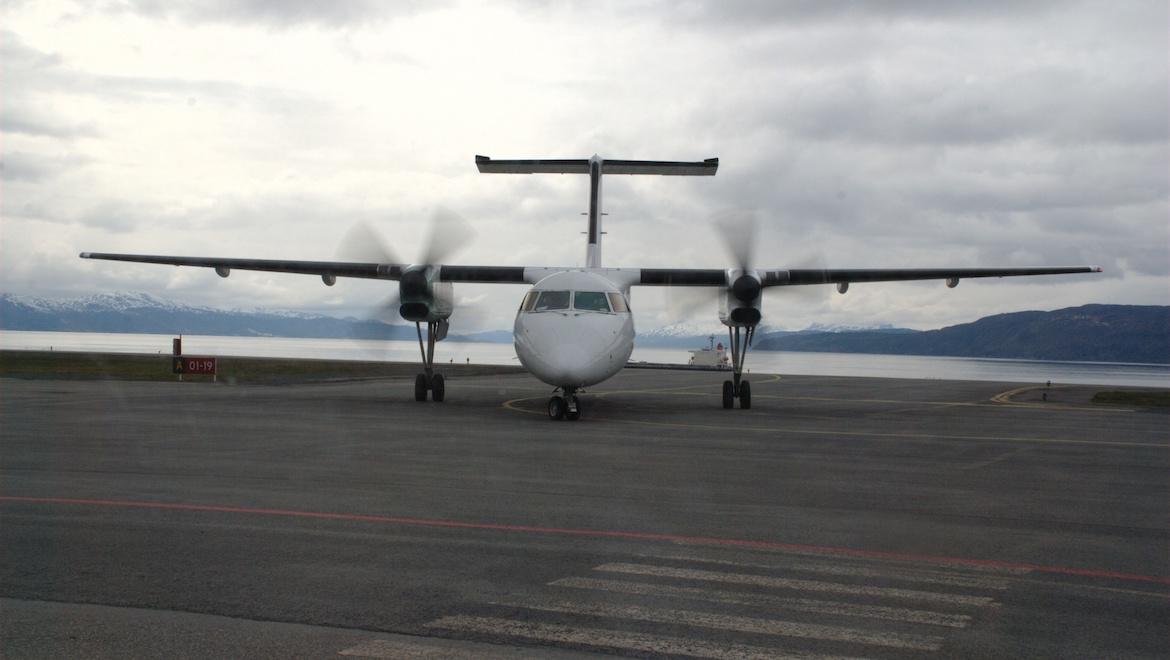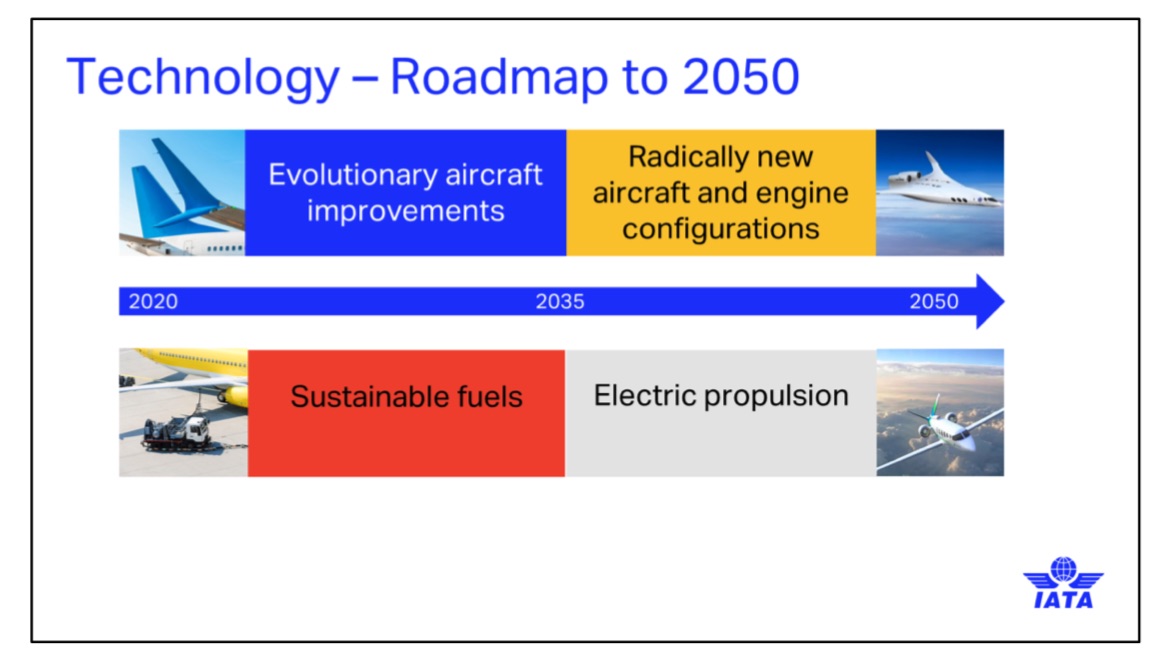
Norwegian regional airline Widerøe and British industrial tech giant Rolls-Royce are teaming up to research zero-emissions aviation as part of a plan to replace its fleet of Dash 8 turboprops.
The research sits within Widerøe’s aim for emissions-free commercial flights operating by 2030 and the associated move toward electrification of its regional fleet of more than 30 aircraft.
“Partnering with Rolls-Royce for this research programme puts us one step closer to reaching that goal,” the airline’s chief strategy officer Andreas Aks said in a statement on Wednesday (European time).
Aks said Widerøe was pleased to have the renowned engine manufacturer on board for what he called a “pioneering green journey”.
“The development of electric aviation looks promising, but we need to progress faster,” Aks said.
The joint program, supported by Innovation Norway, a fund set up to support the development of innovative technology, is expected to run for two years.
The initial phase of the programme, announced at a Clean Aerospace event at the British embassy in Oslo, involved operational studies and proof of concept and has already begun, Rolls-Royce said in a statement.
Widerøe has publicly committed to ambitious targets relating to greenhouse gas emissions, including the goal of the International Air Transport Association (IATA) to be emissions-free by 2050 and the Norwegian government’s more challenging aim of zero-emissions domestic aviation by 2040.
Rolls-Royce director of aerospace technology and future programmes Alan Newby applauded Norway’s high level of ambition regarding zero-emissions aviation. He said Rolls-Royce was delighted to be a part of the electrical aircraft research programme and relished the opportunity “to solve complex problems that matter”.
“Now more than ever, we acknowledge that society’s greatest technological challenge is the need for lower carbon power and we have a crucial role to play in creating cleaner, more sustainable and scalable power for the future,” he said.
Newby said the project would build on Rolls-Royce’s global electrical capability being developed principally in the United Kingdom and Germany, and which recently received a boost from the acquisition of the Siemens eAircraft business.
Even before the tie-up with Widerøe, Rolls-Royce had already established an electrical research facility in Trondheim, Norway, with staff dedicated to researching emissions-free aviation and now participating in the newly-announced programme.
Rolls-Royce Electrical Norway managing director Sigurd Øvrebø said the UK and Norway had a long history of successful partnerships.
“Our facility in Norway enables us not only to be present in Scandinavia, a region known for being early adopters of low emission technology, but also to leverage Norwegian competence in high power electrification from the Marine sector, which will undoubtedly be a critical component in helping us to achieve our goals,” Øvrebø said.
The move toward sustainability is not confined to Europe, with many airlines around the world making conspicuous moves in that direction, such as Air New Zealand’s partnership with turboprop maker ATR to research hybrid aircraft.
There was also initiatives regarding biofuels, such as Virgin Australia’s operations at Brisbane Airport, which by June 2019 had racked up more one million kilometres of flights using sustainable biofuel.

SUSTAINABILITY A MAJOR FOCUS IN AVIATION
Aviation currently represented about two per cent of man-made carbon dioxide emissions.
In October 2016, an overwhelming majority of the International Civil Aviation Organisation’s 191 member states agreed to the Carbon Offsetting and Reduction Scheme for International Aviation (CORSIA).
Further, 73 nations, including Australia, New Zealand and Papua New Guinea in this part of the world, have agreed to be part of CORSIA from the start.
The landmark agreement has among its targets for the industry to achieve carbon neutral growth by 2020, in addition to a 50 per cent reduction in CO2 emissions by 2050, compared with 2005 levels.
ICAO has also come up with a CO2 emissions standard, where aircraft will have to meet a maximum fuel burn per flight kilometre baseline which must not be exceeded. The standard would apply to new aircraft designs from 2020, while new deliveries of current in-production aircraft models would be subject to the CO2 standard from 2023.
Further, the ICAO measure also recommended a cut-off date of 2028 for production aircraft that did not comply with the standard.
Annual reporting by airlines of emissions on international flights began on January 1 2019.
Moreover, the International Air Transport Association (IATA) has set a target of an average improvement in fuel efficiency of 1.5 per cent per year from 2009 to 2020, as well as aspirations to build an aircraft that produced no emissions within 50 years.
Figures from IATA presented at its recent annual general meeting in Seoul showed CORSIA was forecast to mitigate about 2.5 billion tonnes of CO2 between 2021 and 2035. The figure represented an annual average of 164 million tonnes of CO2.
Further, CORSIA was also expected to generate investment in climate projects of at least USD40 billion.











